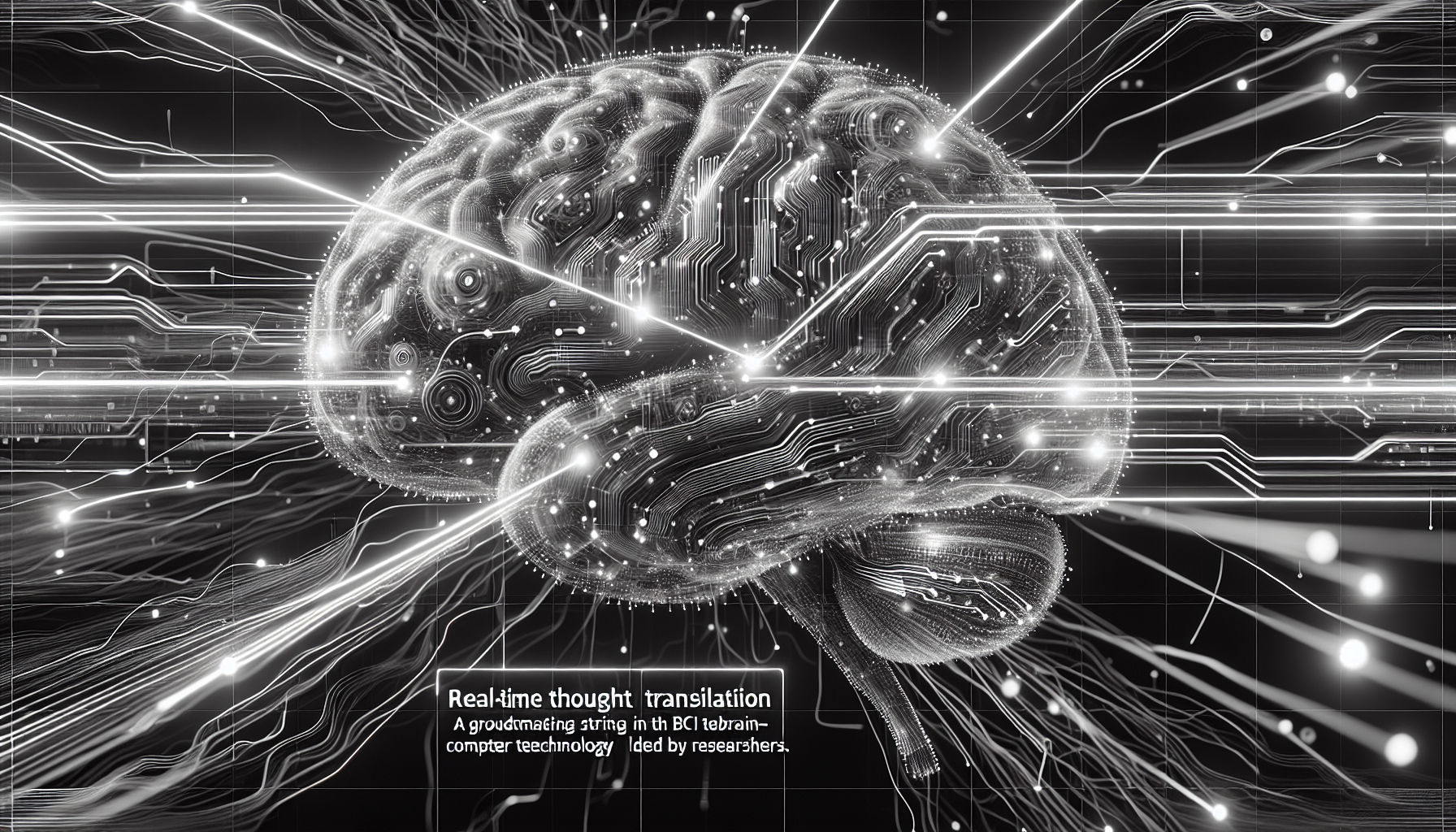From Silence to Speech: A New Era in Brain-Computer Interfaces
What if your thoughts could be typed out as fast as you think them? That's no longer science fiction. In a stunning breakthrough, researchers at the University of California, San Francisco (UCSF) have developed a brain-computer interface (BCI) that translates neural activity into text in real time-at speeds up to 90 words per minute. For people who've lost the ability to speak, this could be life-changing.
Published in Nature Neuroscience on April 17, 2025, the study marks a major leap forward in assistive communication technology. The system, developed by Dr. Edward Chang and his team, uses a high-density electrode array implanted on the brain's surface to capture signals associated with speech. These signals are then decoded by a machine learning model trained on thousands of hours of language data. The result? A system that can turn thoughts into coherent sentences almost as fast as natural conversation.
How It Works: Decoding the Mind
The technology relies on electrocorticography (ECoG), a method that records electrical activity directly from the cerebral cortex. In this study, a 256-electrode array was surgically implanted on the brain of a 38-year-old man with ALS, a neurodegenerative disease that severely limits motor function. The electrodes captured the brain's activity as the participant attempted to speak silently-essentially thinking the words without vocalizing them.
These neural signals were then fed into a deep learning model trained to recognize patterns associated with specific phonemes, words, and sentence structures. The model produced text output with a word error rate of just 6.2 percent, a dramatic improvement over previous systems that often struggled with both speed and accuracy. For comparison, earlier BCI systems typically maxed out at 20 to 30 words per minute and had much higher error rates.
What sets UCSF's system apart is its focus on linguistic complexity. Rather than just selecting letters or simple words, the model understands context and grammar, allowing it to generate full sentences that reflect the user's intended meaning. This makes communication not only faster but also more natural and expressive.
Why This Matters
For individuals with conditions like ALS, stroke, or spinal cord injuries, the ability to communicate can be severely limited or lost entirely. Traditional assistive technologies, such as eye-tracking keyboards or switch-based systems, are slow and often frustrating. UCSF's BCI offers a new level of autonomy, enabling users to express themselves in real time using only their thoughts.
Beyond assistive communication, this technology opens doors to broader applications. Imagine hands-free communication in high-risk environments, or silent speech interfaces for augmented reality. The implications stretch far beyond the medical field.
Ethics and Privacy: Reading the Mind, Responsibly
As with any technology that interfaces directly with the brain, ethical concerns are front and center. Critics worry about the potential for misuse-what happens if thoughts are decoded without consent? Could this technology be used for surveillance or manipulation?
Dr. Chang's team is aware of these concerns. The system is designed to decode only speech-related neural activity, and only when the user is actively trying to communicate. It does not read random thoughts or subconscious musings. Still, the researchers acknowledge the need for strict safeguards and transparent ethical guidelines as the technology moves toward broader use.
Neuroethicists are calling for clear consent protocols, data protection standards, and ongoing oversight. The UCSF team has emphasized that user control is paramount, and future iterations of the system will include customizable privacy settings and opt-in features.
What's Next?
While the current system requires surgical implantation, the team is already exploring less invasive alternatives. Future versions may use smaller electrode arrays or even non-invasive brain imaging techniques, though these come with trade-offs in signal quality and speed.
Larger clinical trials are planned over the next 18 months, with the goal of refining the technology and making it more accessible. The project has received $12 million in funding from the National Institutes of Health and is supported by partnerships with AI-focused tech firms. Commercial availability is still a few years away, but the momentum is undeniable.
As brain-computer interfaces continue to evolve, the line between thought and action is becoming increasingly blurred. For now, UCSF's breakthrough offers a powerful glimpse into a future where silence is no longer a barrier to connection.
And perhaps the most profound part? The words we once kept locked inside may finally have a voice of their own.
